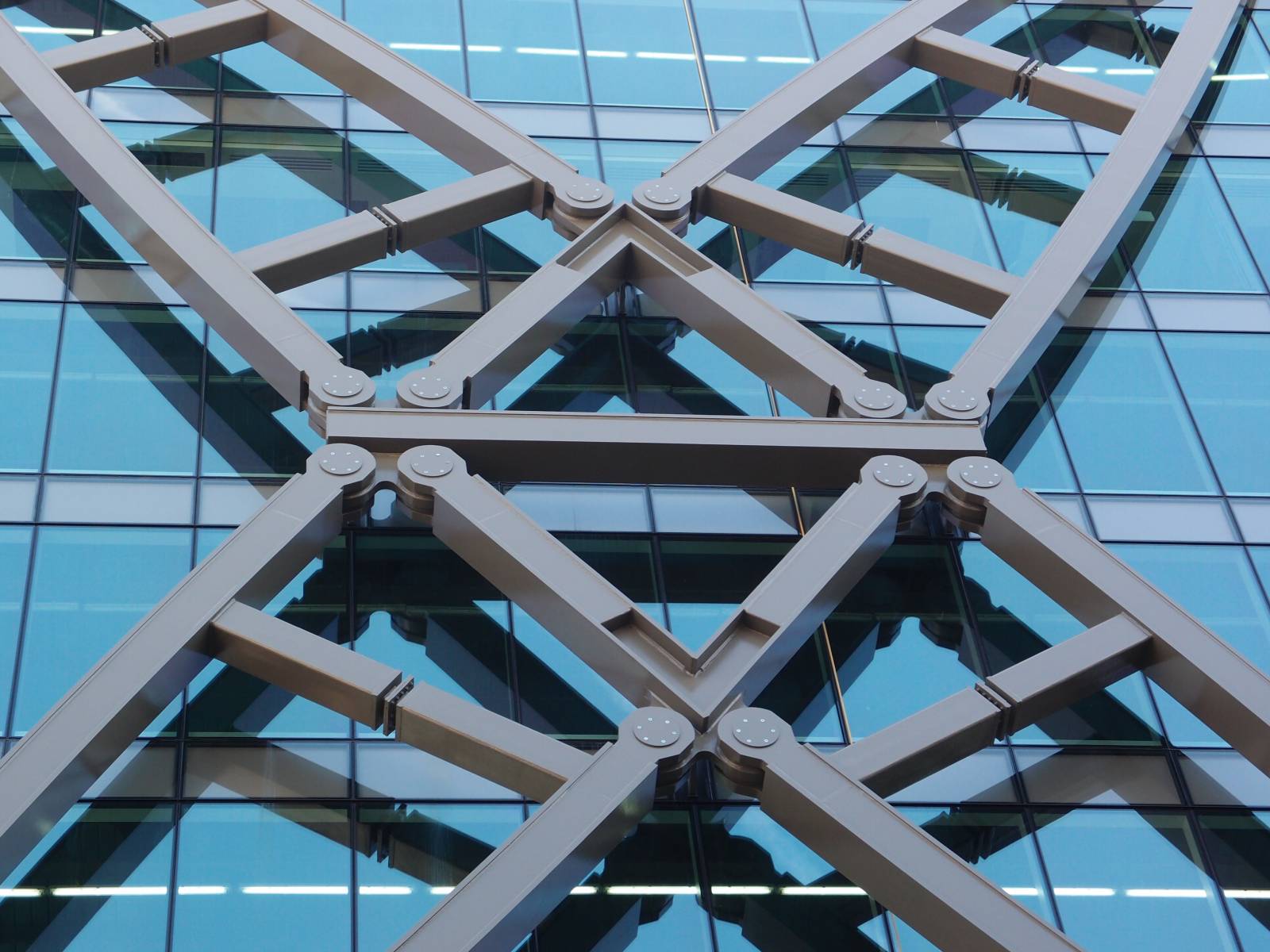Timber structures and construction
Research work in the field of timber construction consists of various industry-related topics. Due to its complex nature, the development of the timber construction process requires interdisciplinary research work. The whole construction process must be taken into account in order to obtain relevant reseacrh results. Thus, our research work on eg. development of new structural solutions, automatization of structural design, development of acoustic design methods or producing new data for fire robustness is always originated in practical needs and its relevance is ensured by studiyng the whole construction process and its boundary conditions. All the research results are put into practice also by including them into our teaching. The common goal of all our research is to make significant contribution in the whole timber construction process.
The most important research platform in our timber research is the graduate school of timber construction, that gives us an unique opportunity for pervasive research work from the early decision making stages of the timber construction process to the circular economy topics. In this context, there are no distinct research topics, but every research project is reflected to the big picture and fine-tuned to work for the holistic goal. In the graduate school we carry out the research work utilizing doctoral dissertation research and master’s thesis.
Besides the graduate school, we participate also other research projects that are usually more fast-paced and aim to new innovations or development steps in public or private sector.
Steel structures
Steel is one of the core materials of modern built environment, and its role is central in the urbanized world. Our research on steel structures focuses on (but is not limited to) using high strength steels in construction. The aim is to provide new information on structures made of high strength steels that can be utilized in design or in developing the governing design standards. We are continuously collaborating with the Finnish steel industry, both with companies and with organizations such as the Finnish Constructional Steelwork Association.
An important branch of our research deals with design automation methods that help structural engineers to find the best solution. The main approach is the utilization structural optimization that rests ons solid mathematical basis. We consider optimization problems that are relevant to structural engineers that aim, for example, to minimize the total cost or environmental impact of steel structures.
Our group is involved with the European standardization of steel structures, and our members act as the Finnish representatives in the TC250/SC3/WG3 (EN 1993-1-3, Design of cold-formed steel structures) and TC250/SC/WG8 (EN 1993-1-8, Design of steel joints) working groups as well as in the Finnish Mirror Group for Eurocode 3.
Fire safety
It is essential that our built environment has sufficient robustness also in abnormal and accidental conditions, including fire situation. Our research objective is to promote fire safety in buildings the main research themes including structural fire resistance, performance-based and advanced fire engineering approach and the new opportunities intelligent building environments and technologies offer to improve fire safety.
We have professional experience in fire engineering research and experimental testing since 1997 and our full-scale laboratory equipment is making a major contribution to the study of how structures respond to fire and how to model and analyze the behaviour of structures in fire. Our fire laboratory is accredited, we are a member of EGOLF (European Group of Organisations for Fire Testing, Inspection and Certification) and involved with the national mirror group of CEN/TC127. Our equipmet include a combination furnace, which allows fire testing of large-scale vertical (3 m x 3 m) and horizontal (3 m x 4 m) specimens.

